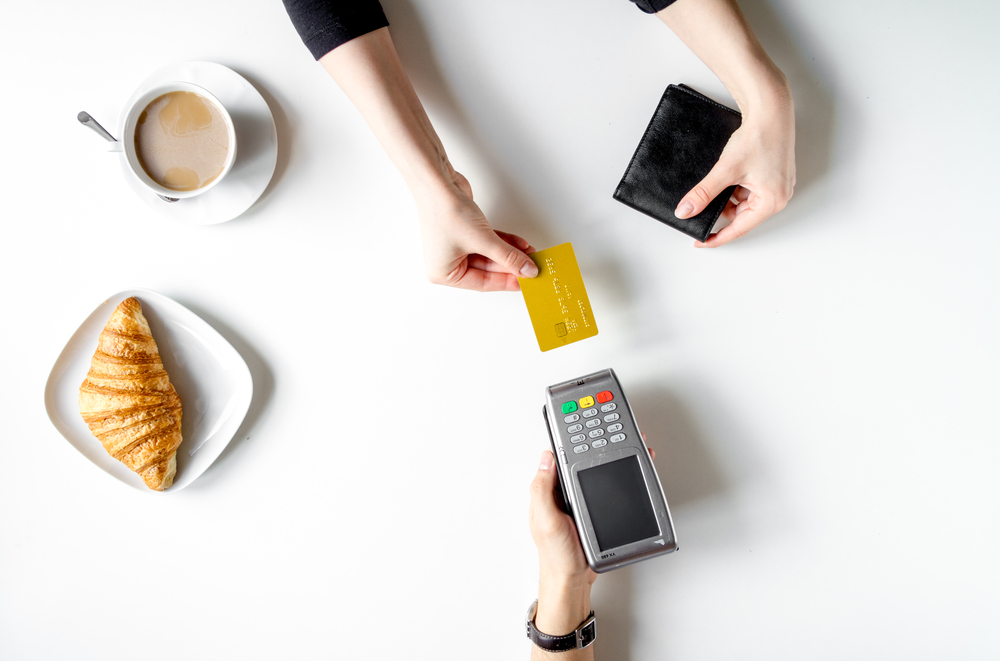
How does a credit card work?

Banks & financial institutions that issue credit cards do so based on a review of applications submitted by customers which include among other things personal information such as contact information (phone numbers, home and work addresses etc.), employment information (name of employer, income, years in the current job, overall employment experience etc.) and so on.
If the customer is approved by the bank to be issued a credit card, the card is processed and physically delivered to the customer (except in the case of electronic-only credit cards). The customer is assigned a credit limit which is the maximum amount up to which he or she can use the credit card to make purchases before they need to make repayments to the bank.
When the customer uses his or her credit card to make a purchase at a retail store or hotel or any “merchant” that accepts credit cards, the particular amount in blocked from their total credit limit and they can then only utilize the remaining amount available to make further purchases (until they make payments to the bank). The bank makes the payment on behalf of the customer to the retail store and provides the customer a credit-free period (usually between 30 to 60 days) after which the customer needs to repay the bank for the purchases made.
At the end of the credit-free period the customer is provided the option of either paying up the entire amount which has been utilized by them or a certain percentage of the amount (usually as low as 5%). If the customer makes a payment for the total amount that was due then they do not owe the bank any interest charges and they have enjoyed the benefit of an interest-free credit period from the bank. If, however, the customer choses the option of making a payment less than the total amount due then interest charges will be levied by the bank and these amounts will also need to be paid along with the remaining amount of purchases still unpaid.



